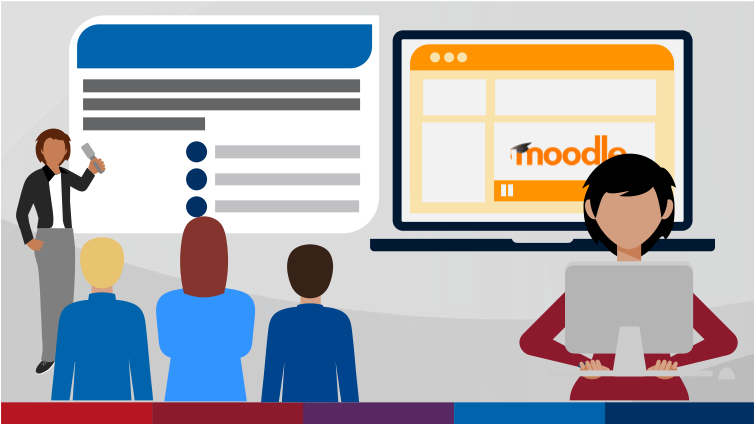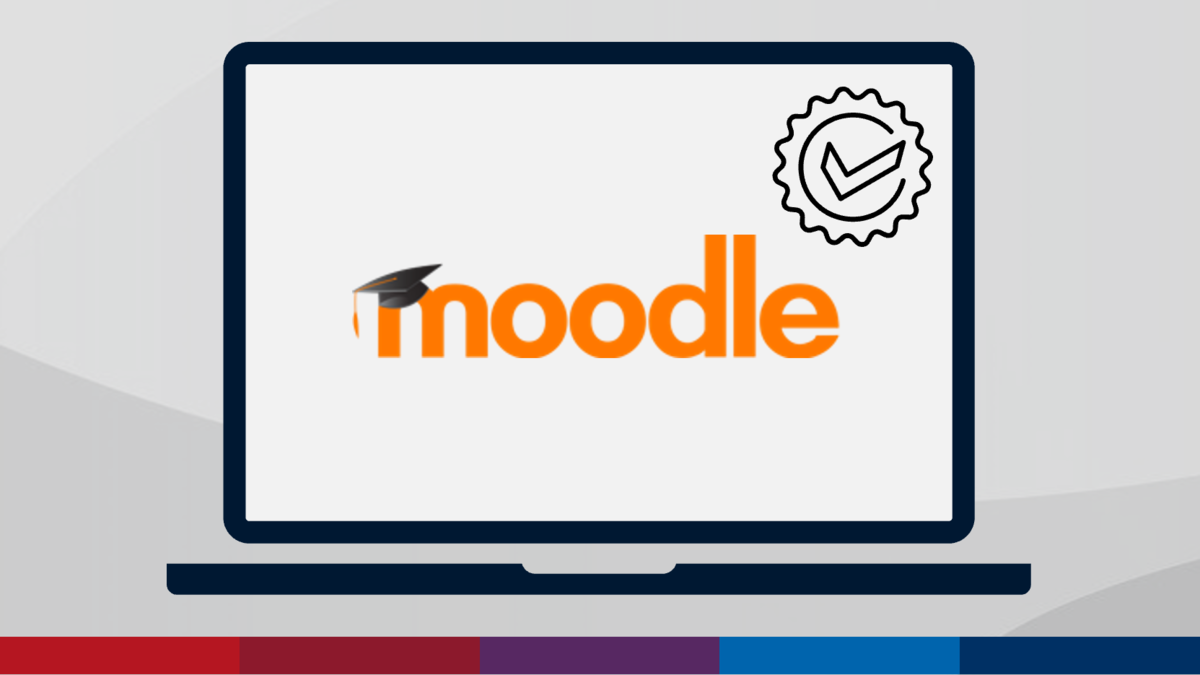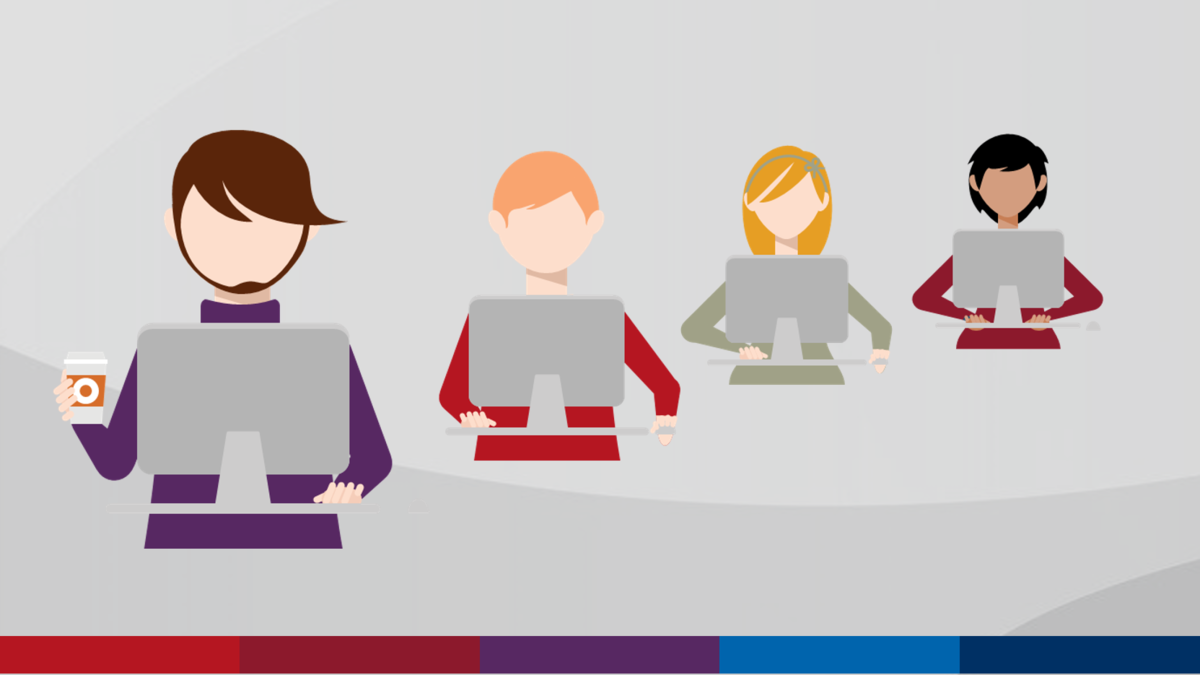Blended Learning
A coordinated concept: Blending of in-Person and Digital Education

In blended learning, in-person and digital components are coordinated and interlinked so that synchronous and asynchronous learning phases complement each other. Individual components of regular in-person classes are replaced by digitised learning elements and formats.
The mix of in-person and online learning situations in blended learning approaches can vary greatly. It is often combined with the flipped classroom (or inverted classroom) approach.
Advantages
Flexibility of the learning process (what & when to learn)
Promotes self-organisation skills
Social media components in the Moodle course ensure less formal interaction
Games, quizzes & tasks in the Moodle course create playful learning scenarios (gamification)
Fast communication & quick personal feedback is possible via Moodle
Disadvantages & Challenges
Self-responsibility for the learning process
Important: face-to-face exchange with fellow students (social component)
Role of the physical lecture hall as a learning space
Training in the use of the digital learning platform Moodle
Time required to create the accompanying Moodle course and learning materials (e.g. teaching videos)
First Steps Towards the Blended Learning Concept
Important: A well thought-out supervision concept
Example of an excerpt from a supervision concept:







